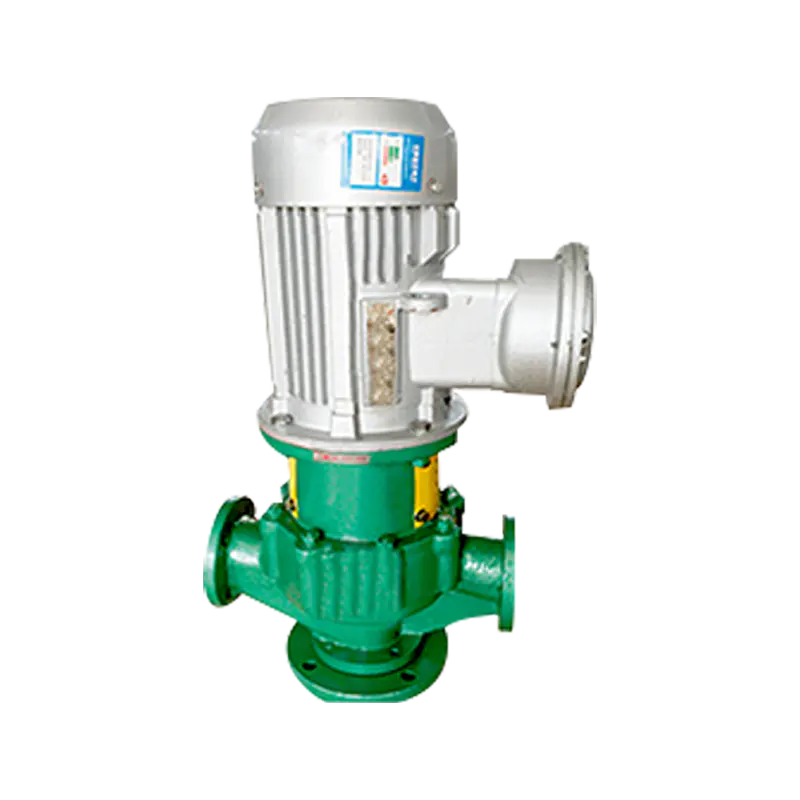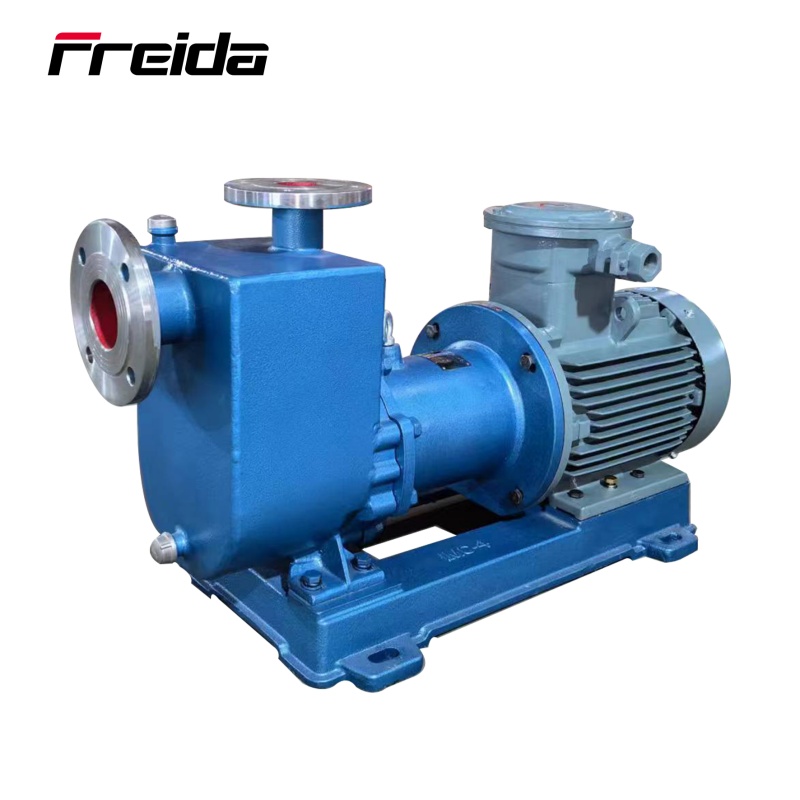In the world of industrial and chemical fluid handling, pumps are the workhorses. They move everything from corrosive acids to highly sensitive pharmaceuticals, often under immense pressure and in challenging environments. Among the many types of pumps available, the Magnetic Drive Pump stands out as a true champion of reliability, safety, and efficiency. It’s a technology that, while often operating behind the scenes, is absolutely critical to the success of countless industrial processes.
What Makes the Magnetic Drive Pump Unique?
At its core, the defining feature of a Magnetic Drive Pump is the absence of a traditional mechanical shaft seal. Instead of a physical connection between the motor and the impeller, these pumps use a magnetic coupling. The pump's motor drives an outer magnet, which is separated from an inner magnet by a hermetically sealed containment shell. As the outer magnet spins, its magnetic force causes the inner magnet and the attached impeller to rotate in perfect synchrony.
This clever design choice solves one of the most common and persistent problems in pump operation: leakage. Mechanical seals are a notorious point of failure, susceptible to wear, heat, and chemical attack. When a seal fails, it can lead to dangerous and costly leaks of hazardous or valuable fluids. The seal-less design of the Magnetic Drive Pump completely eliminates this risk, making it the safest option for handling corrosive, toxic, or otherwise dangerous liquids.
Key Advantages and Applications
The benefits of a Magnetic Drive Pump extend far beyond just preventing leaks. Its design offers a host of other advantages that make it the preferred choice for a wide range of applications.
-
Zero Leakage and Contamination: This is the most significant benefit. For applications where even the smallest leak is unacceptable—like in the pharmaceutical, semiconductor, or food and beverage industries—the Magnetic Drive Pump provides a secure, leak-free solution. It also prevents external contaminants from entering the fluid, maintaining product purity.
-
Enhanced Safety: By containing the fluid completely, the pump drastically reduces the risk of spills and exposure to hazardous materials, protecting both personnel and the environment. This makes it an essential component in chemical processing, petrochemical, and nuclear power industries.
-
Low Maintenance: With no mechanical seals to replace or maintain, the Magnetic Drive Pump requires significantly less upkeep than traditional pumps. This translates to reduced downtime, lower operational costs, and a longer service life.
-
High Efficiency: The magnetic coupling ensures smooth, frictionless power transmission, which can lead to higher energy efficiency compared to pumps with worn seals or misaligned shafts.
-
Corrosion Resistance: The containment shell is often made from non-metallic materials like polypropylene or PVDF, which are highly resistant to a wide range of corrosive chemicals. This makes the Magnetic Drive Pump an ideal choice for pumping aggressive acids, bases, and solvents.
Because of these advantages, the applications for a Magnetic Drive Pump are incredibly diverse. They are found in chemical processing where they handle strong acids and alkalis, in water treatment for dosing chemicals, in HVAC systems for moving refrigerants, and in the photographic and printing industries for handling specialized inks and developers. Their reliability and precision also make them a staple in laboratories and research facilities.

Choosing the Right Magnetic Drive Pump
While the core principle is the same, not all Magnetic Drive Pumps are created equal. When selecting a pump, engineers and plant managers must consider several critical factors:
-
Fluid Properties: The viscosity, specific gravity, and temperature of the fluid are paramount. These factors influence the required motor power and the materials needed for the pump's components.
-
Flow Rate and Head: The desired flow rate (how much fluid needs to be moved) and the head (the pressure required to move it) are crucial for sizing the pump correctly.
-
Operating Conditions: Factors like ambient temperature, potential for solid particles in the fluid, and the presence of corrosive atmospheres all play a role in pump selection.
The Magnetic Drive Pump represents a triumph of engineering simplicity and elegance. By replacing a common point of failure with a robust, contact-less magnetic field, it has set a new standard for safety, reliability, and efficiency in fluid handling. It is more than just a piece of machinery; it is an assurance that critical processes can be carried out smoothly and safely, day in and day out.
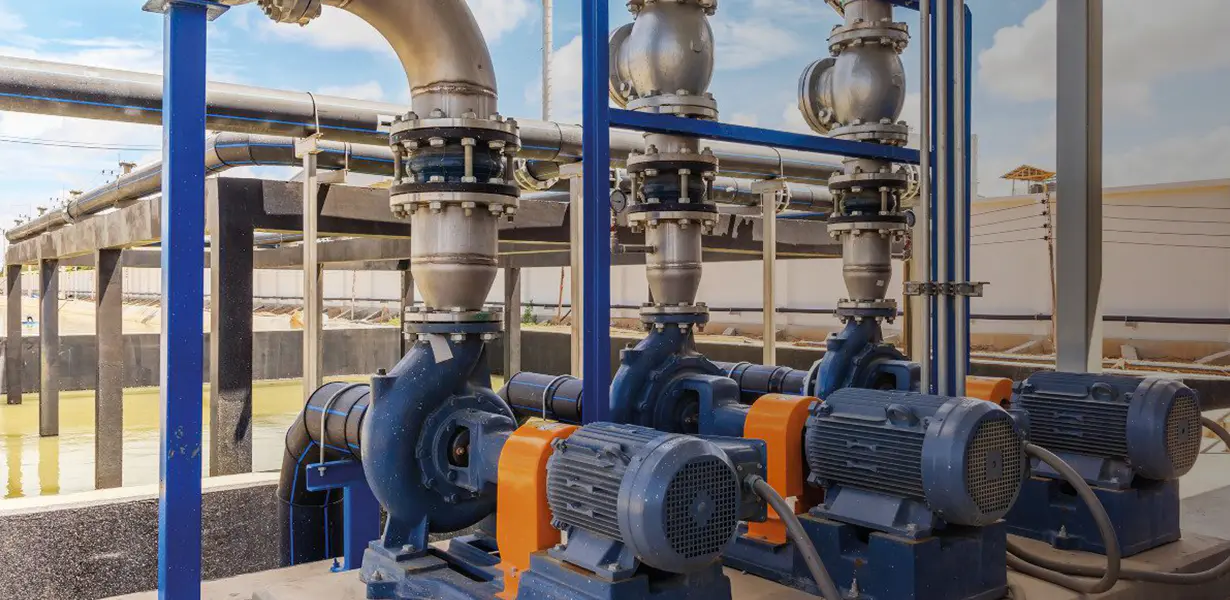
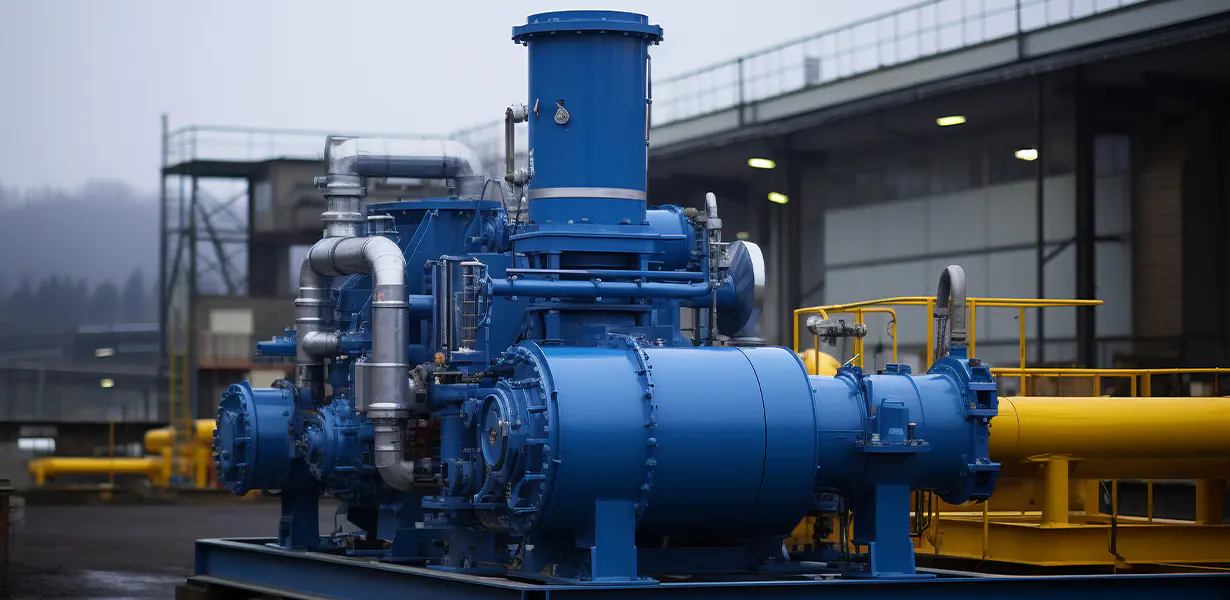
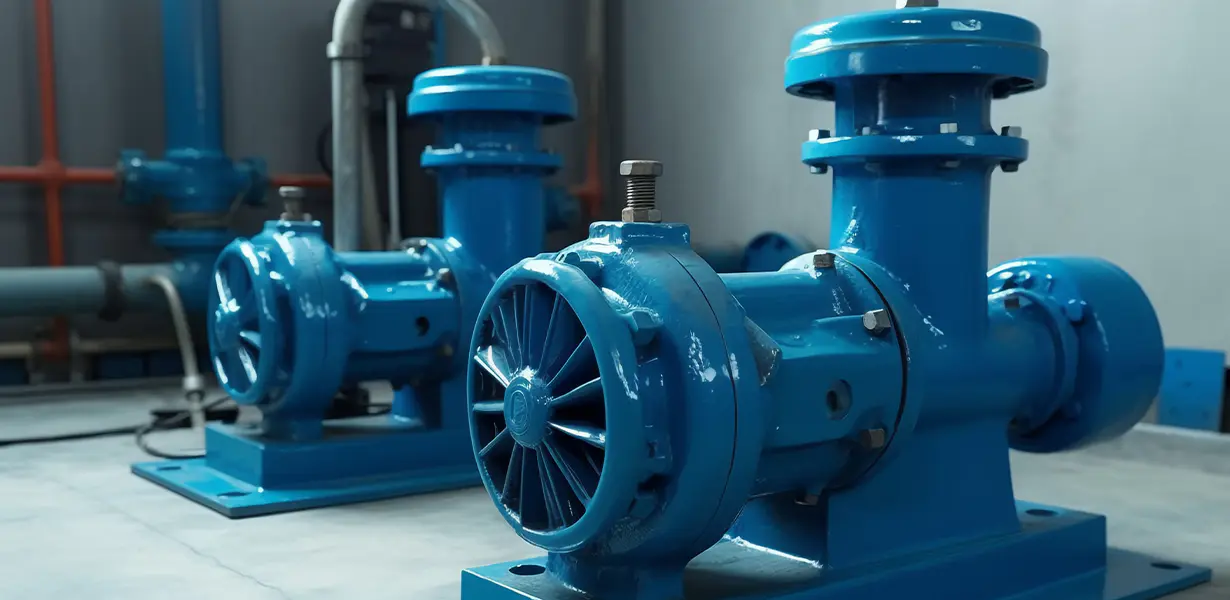

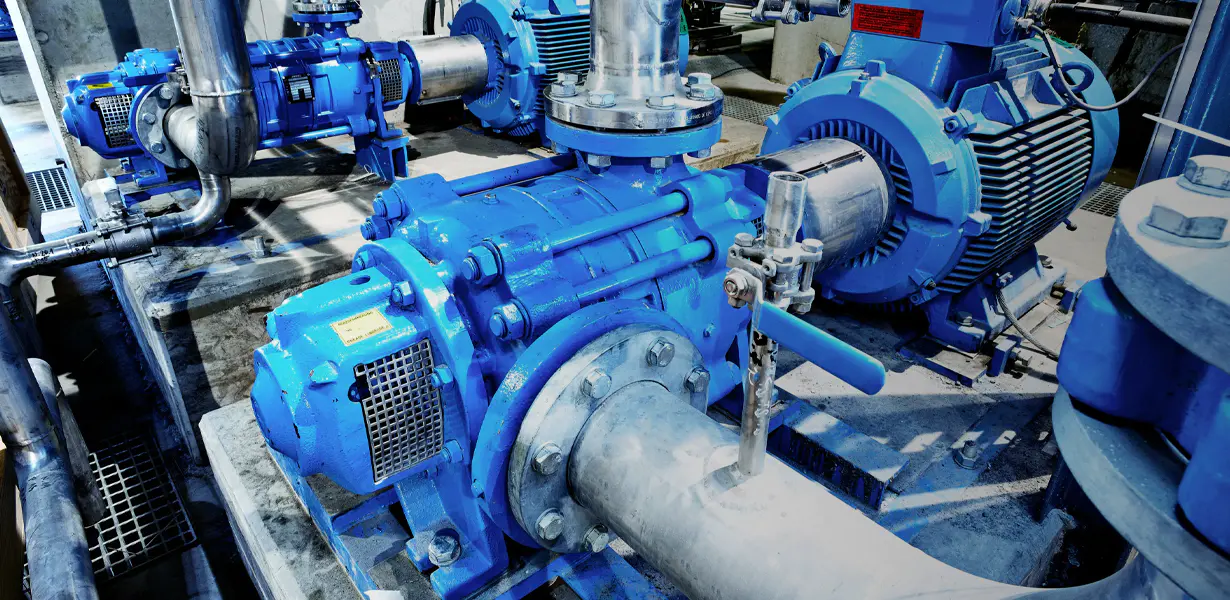
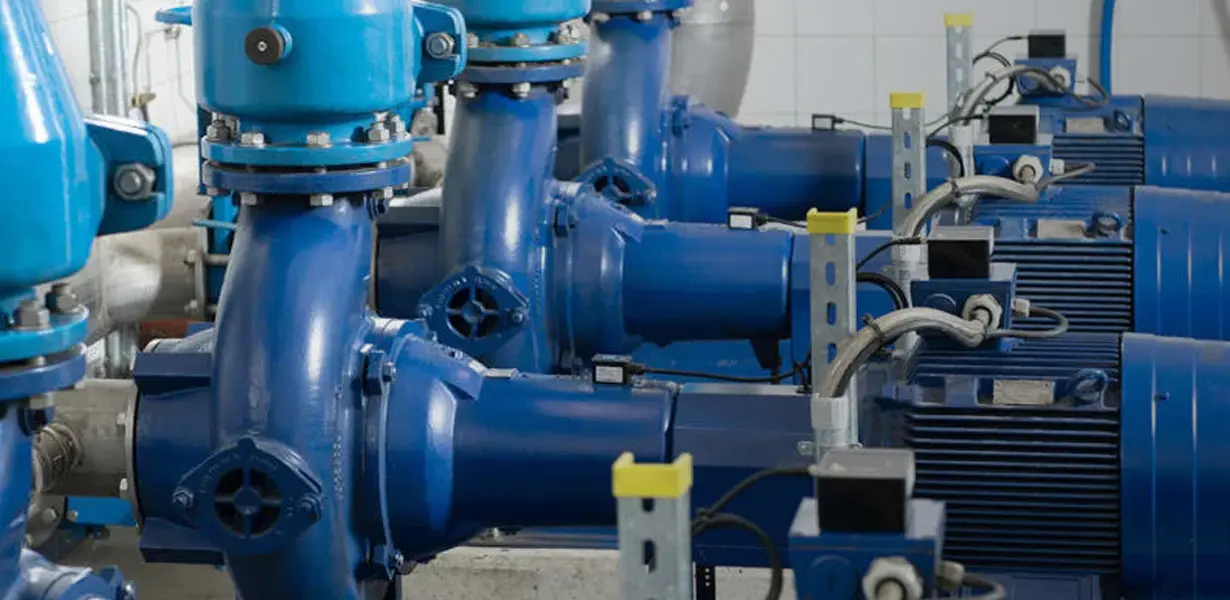


 English
English русский
русский Español
Español Français
Français








